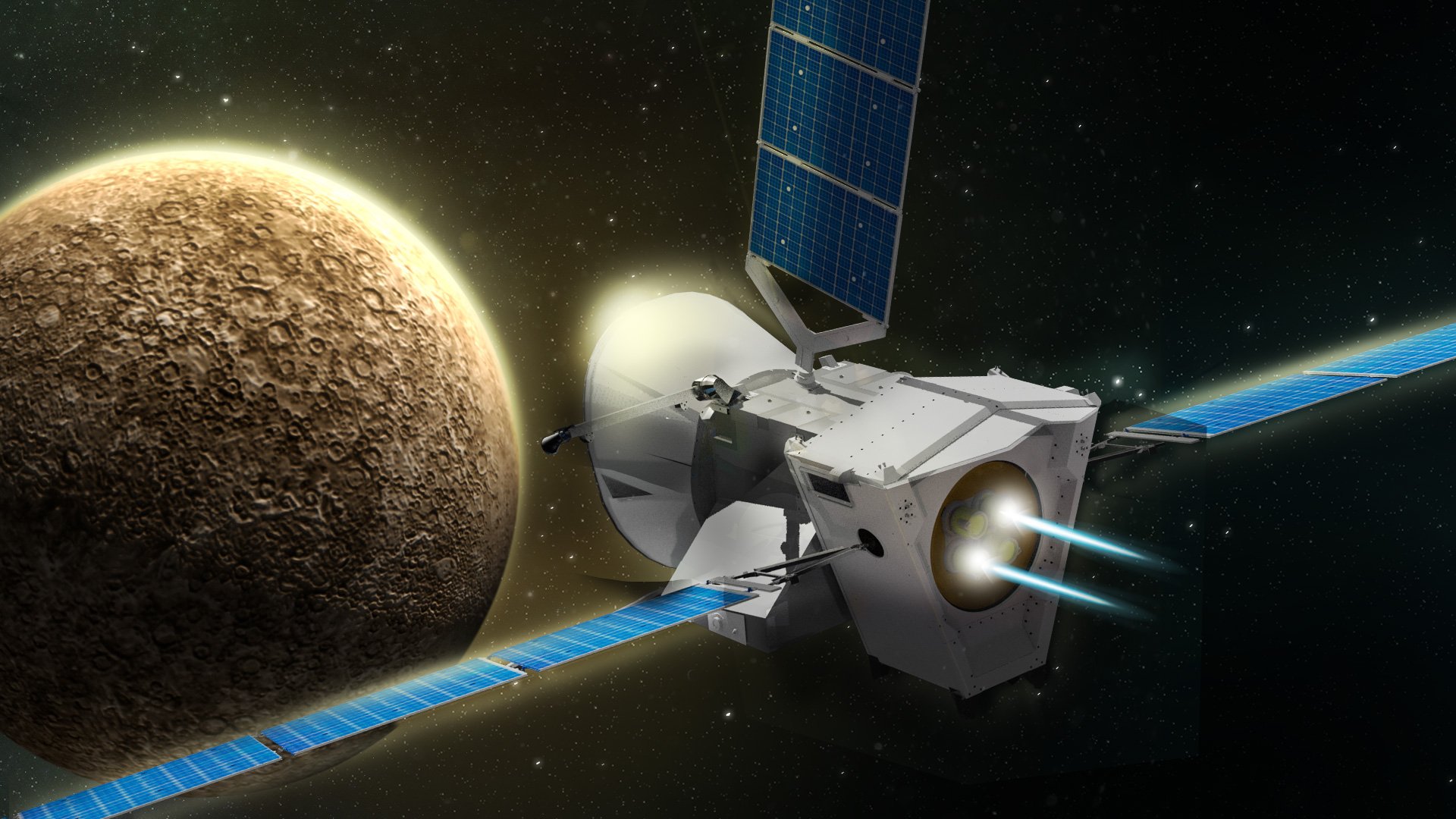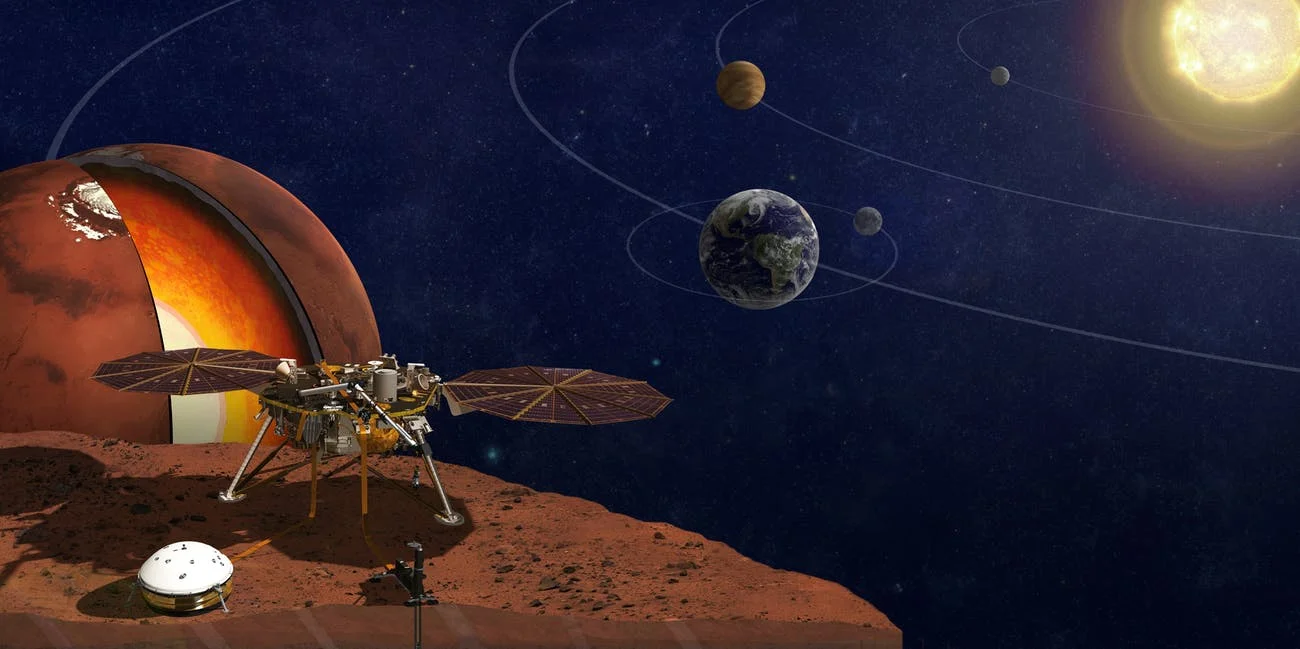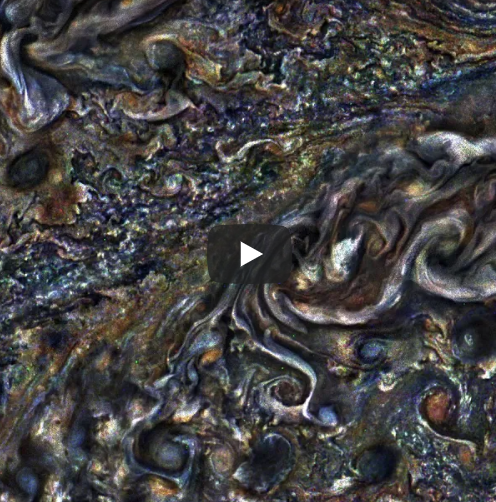What is Ultima Thule and Why Are We Exploring It?
Artist impression of Ultima Thule. Image Credit: JHUAPL/SwRI
If you pay attention to space news, you’ve undoubtedly heard of 2014 MU69 - or Ultima Thule. At approximately 12:33 a.m. Eastern Time on January 1, 2019, New Horizons successfully completed a flyby of an object in the Kuiper Belt: Ultima Thule.
What is Ultima Thule?
Ultima Thule is one of the objects in the Kuiper Belt, the circumstellar ring of objects beyond the orbit of Neptune. Is it a dwarf planet? Is it just a hunk of space rock? A leftover chunk of asteroid? What we know about it now is that it’s a “contact binary” - two objects latched onto each other, shaped somewhat like a snowman. The data that New Horizons will send back over the next 20 months will help us understand more about Ultima Thule.
Why are we exploring Ultima Thule, and why is it important to space exploration?
Exploring distant bodies like this can help us understand more about the formation of the solar system and in turn, the universe.
"The belt is analogous to the solar system's attic," said New Horizons principal investigator Alan Stern of the Southwest Research Institute in Boulder, Colorado.
"It's an ancient region, very far from the sun, which has been preserved in a deep freeze," Stern added. "It's the equivalent of an archaeological dig into the history and formation of the planets. So, scientifically it's a gold mine, and by going there with a spacecraft and observing KBOs up close, like we'll be doing with Ultima, we hope to learn a lot about how the early formation stages of the planets took place."
What else do I need to know?
While naysayers and skeptics may question why it’s important to spend money photographing and examining something like this, remember what this represents: This object is 4.1 billion miles (6.6 billion kilometers) away from Earth. We were able to send a spacecraft there, capture photos and send data back to Earth. The further we can explore, the more we can push the boundaries, the more we’ll discover. Scientists are constantly making predictions that are incorrect, and we only found out because we sent spacecraft there to explore.
What else might we be wrong about?
Ultima Thule is actually two objects touching each other — a “contact binary” shaped like a snowman, roughly 21 miles long and 10 miles wide. Image Credit: NASA












